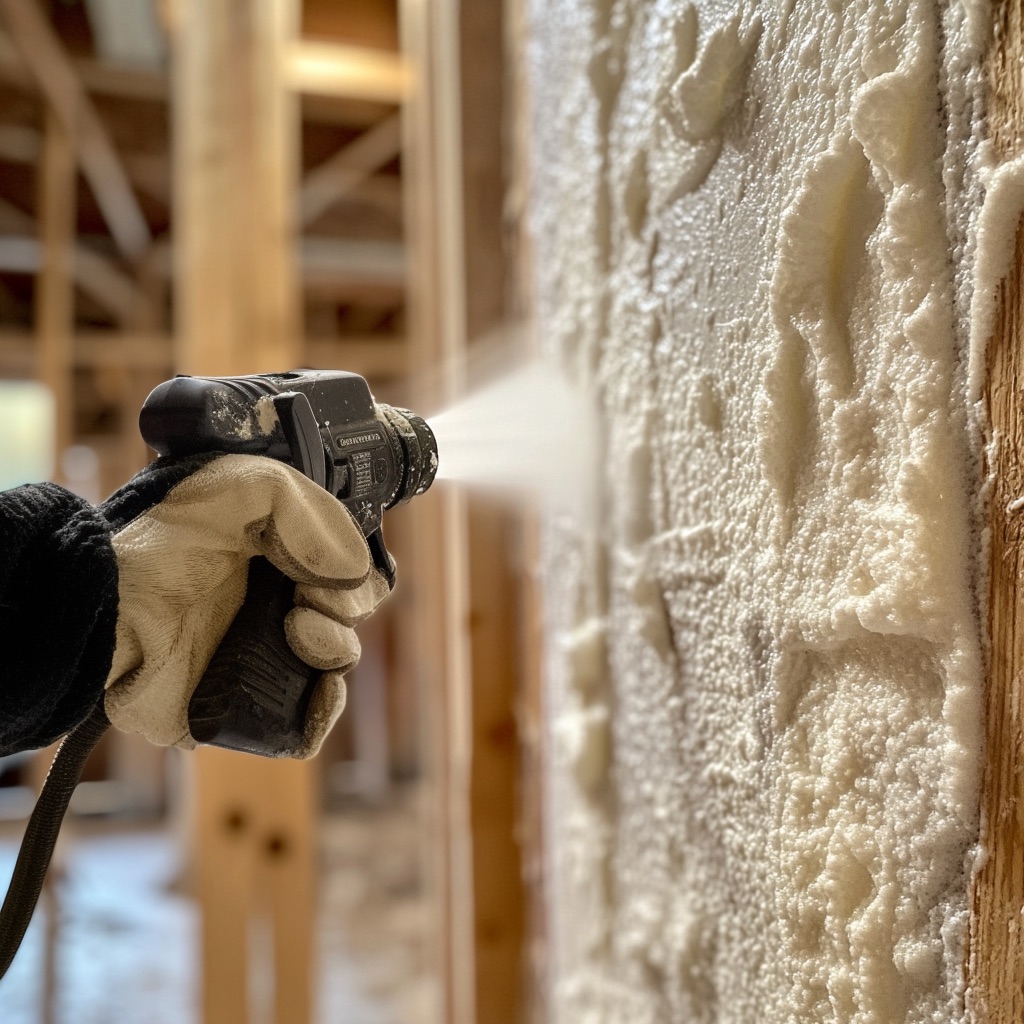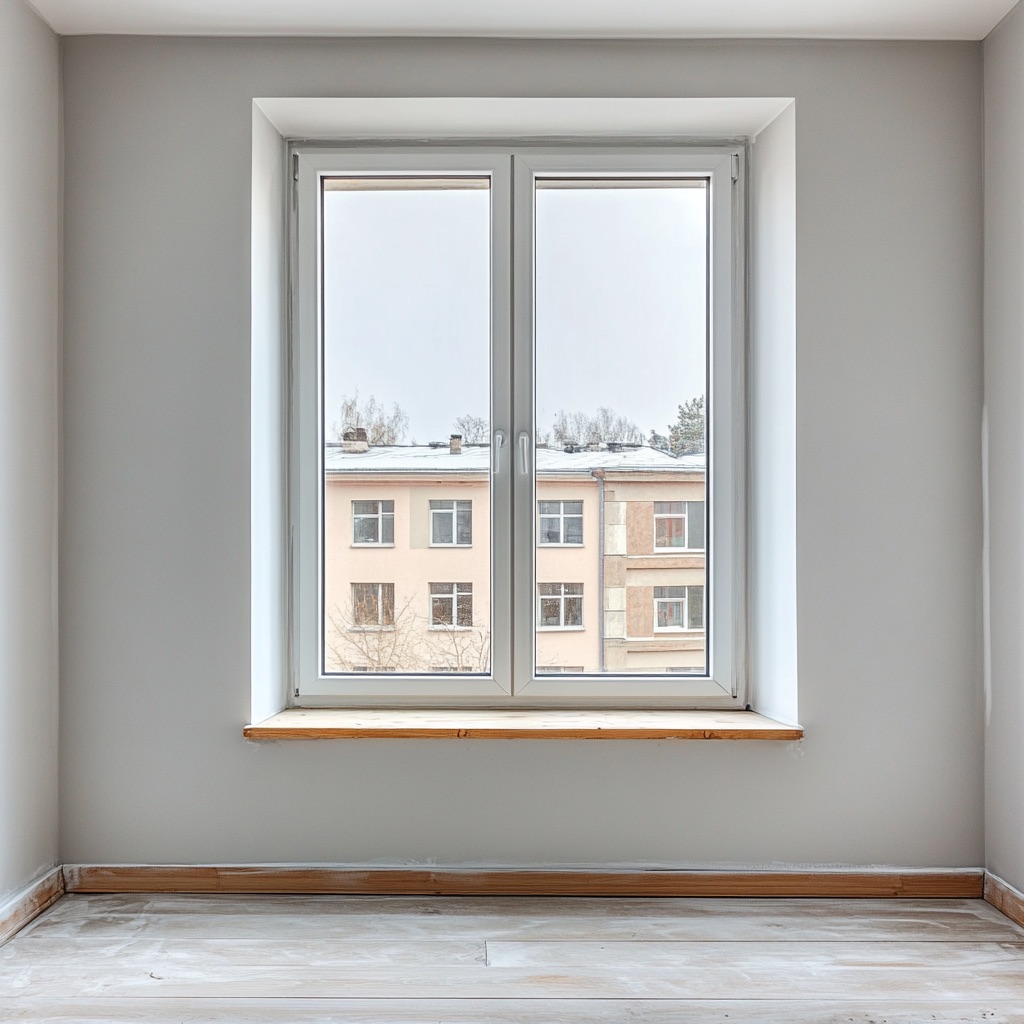Roofing may not be the most glamorous home maintenance topic, but it is one of the most vital. Neglecting your roof can lead to significant issues, including water damage, compromised structural integrity, and indoor air quality concerns from mold growth.
As a homeowner, staying aware of your roof’s condition is a responsibility that cannot be neglected. Our guide aims to equip you with the knowledge and tools to understand when your roof tells you it’s time for some care or a full-scale intervention.
Recognizing When Your Roof Needs Attention

Recognizing the red flags that indicate your roof may be failing is essential. From missing or damaged shingles to leaks in the attic after a storm, these warning signs should prompt immediate action to avoid more extensive damage.
With professional roofing advice and regular inspections, you can stay ahead of any potential issues and address them promptly. Read on to learn more about the signs that it’s time to fix or replace your roof.
Leaks and Water Stains
One of the most obvious signs that your roof needs attention is leaks or water stains in your interior. This could indicate damage to your shingles, underlayment, or even structural issues with the roof. If you notice any discoloration on your ceilings or walls, especially after a heavy rainstorm, it’s essential to have a professional roofer assess the situation and make any necessary repairs.
Missing or Damaged Shingles
Shingles are the first line of defense against weather elements, and when they start to fail, it’s a sign that your roof is in trouble. Shingles can become damaged due to age, strong winds, or impact from falling debris such as tree branches. If you notice multiple missing or damaged shingles, it’s time to call in a professional roofing contractor for an inspection and potential replacements.
Sagging or Uneven Roof
If you notice that your roof is visibly sagging or appears uneven, this is a significant warning sign that your roof may be at risk of collapsing. This could be due to structural damage from water infiltration or the weight of accumulated debris on the roof. In this case, it’s crucial to have a professional roofer assess the situation and make any necessary repairs or replacements.
Mold Growth
Mold thrives in damp, dark environments, making your attic an ideal breeding ground if there is a leak in your roof. If you notice any mold growth on your ceilings or walls, it could be a sign that water is entering your home through the roof. This poses a health risk and indicates that your roof needs immediate attention.
Fixing or Replacing Your Roof: Which Is Best?
In some cases, minor repairs and maintenance can extend the life of your roof for several more years. However, in other situations, a full replacement may be necessary to ensure the safety and integrity of your home. Here are a few factors to consider when deciding between fixing or replacing your roof:
Age of Your Roof
The age of your roof is an essential factor in determining whether it’s time for a replacement. Most roofs have a 20-25-year lifespan, so if your roof is approaching this age range, it may be more cost-effective in the long run to replace it rather than continually repair it.
Extent of Damage
The severity and extent of damage to your roof will also play a significant role in deciding whether to fix or replace it. Repairs may be sufficient if the damage is localized, such as a few missing shingles. However, a replacement may be necessary if there are widespread issues with the shingles, underlayment, or even the roof structure.
Budget and Long-term Goals
Budget also plays a role in deciding whether to fix or replace your roof. While repairs may be more affordable upfront, if you plan to sell your home soon or want to avoid frequent maintenance costs, a replacement may be a better long-term investment.
Roofing Advice

Regular maintenance and inspections by a professional roofing contractor are essential for keeping your roof in shape. They can identify potential issues early on and recommend repairs or replacements before they become major problems. Additionally, following these roofing tips can help extend the life of your roof:
- Clean gutters regularly to prevent water backups that can damage your roof
- Trim branches and trees that overhang your roof to prevent debris and potential impact damage
- Inspect your roof after severe weather events, especially high winds or hail storms
Your roof’s health is critical to your home’s overall well-being. Knowing when and how to care for your roof can save you time, money, and stress in the long run. Whether it’s a repair or a complete replacement, timely action is crucial in maintaining a protective and safe shelter for your family. Remember, a well-maintained roof protects your home and adds to its value.
Recap




